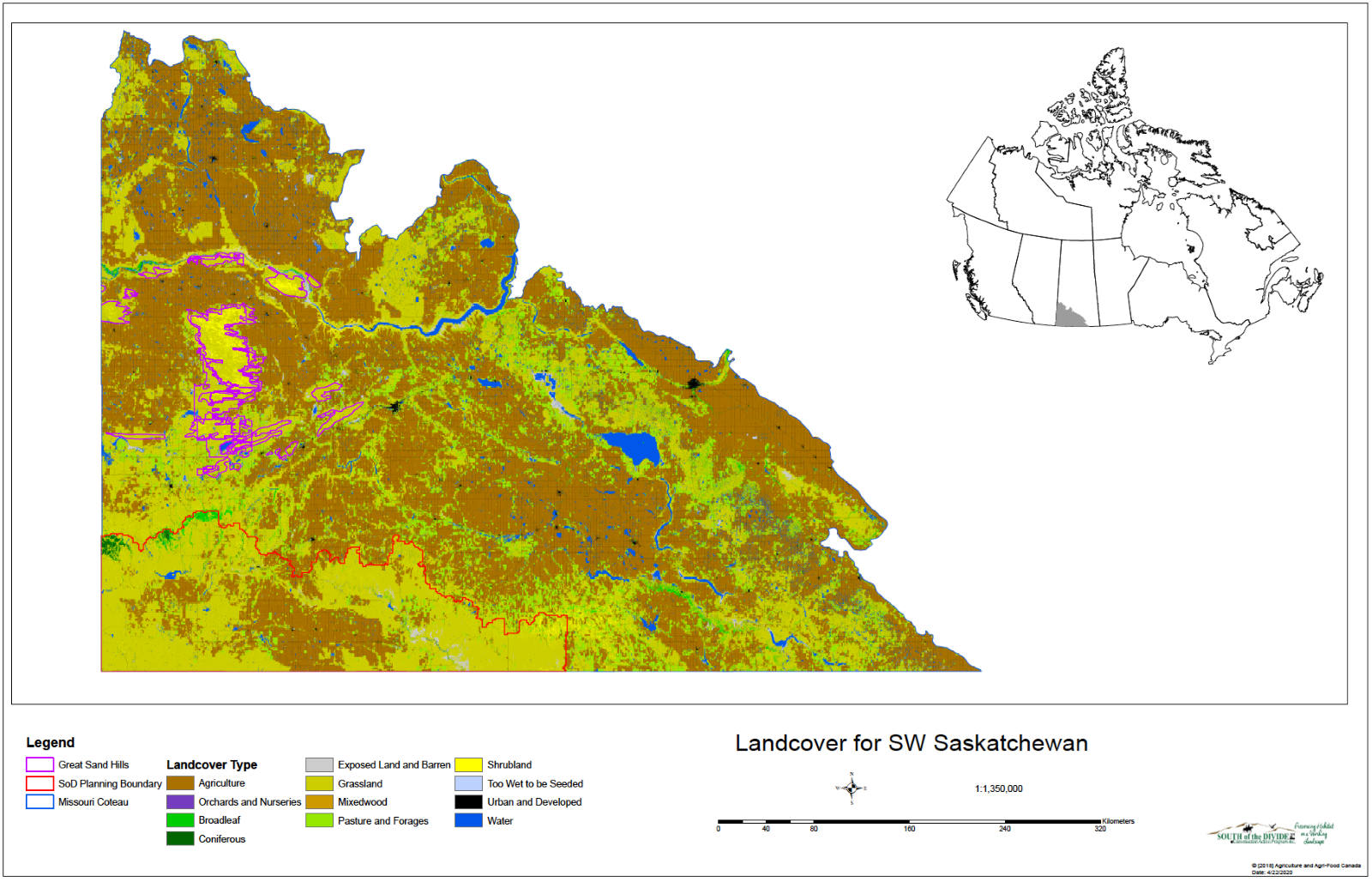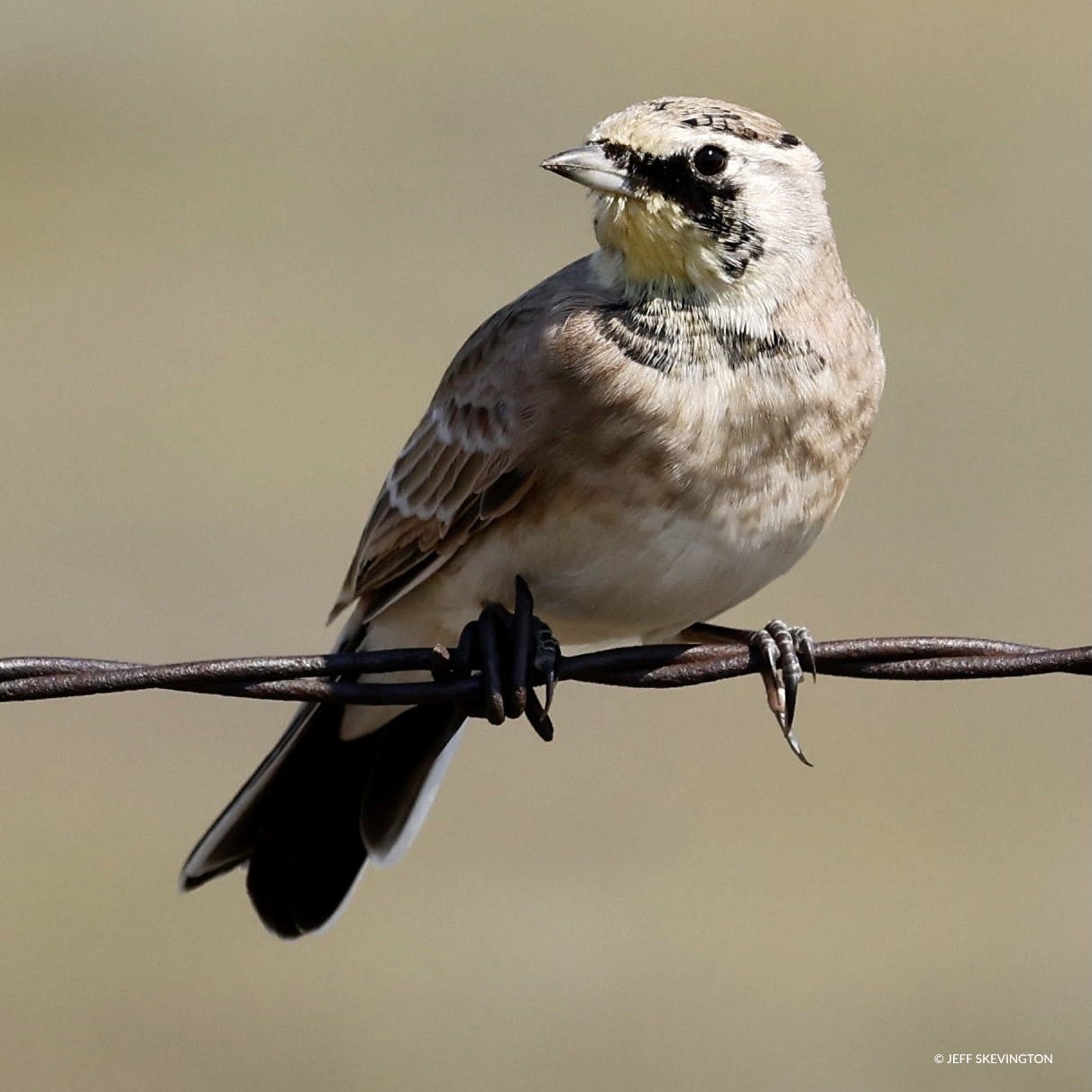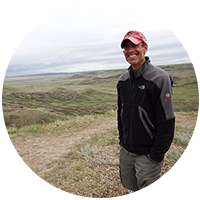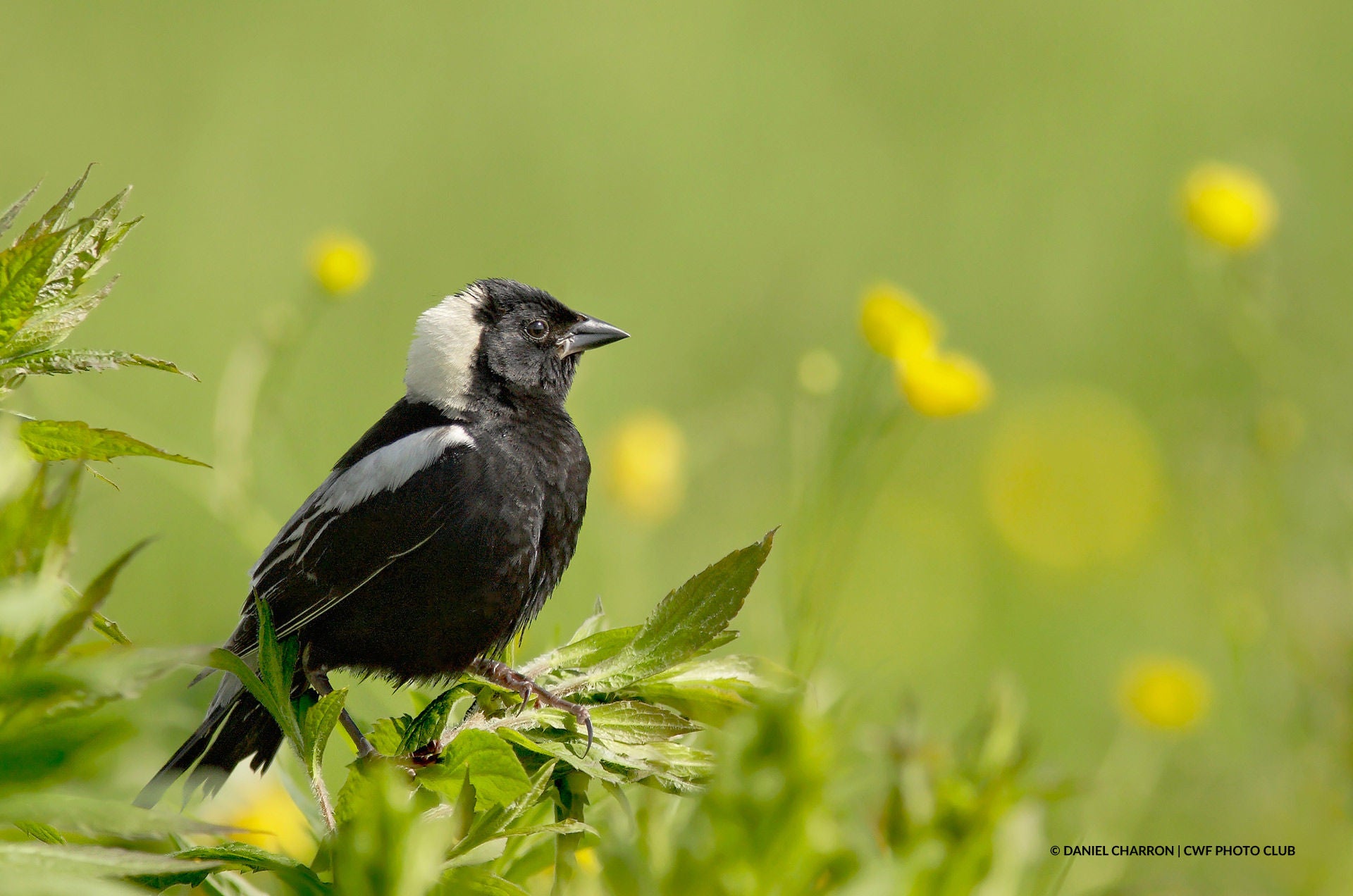Living Labs - Central Prairie
The Canadian Wildlife Federation is partnering with the South of the Divide Conservation Action Program (SODCAP), Saskatchewan Stock Growers Foundation, and Birds Canada, Carleton University, Agriculture and Agri-Food Canada and the University of Saskatchewan as part of the Living Lab - Central Prairies project. This is an Agriculture and Agrifood Canada sponsored program that spans the country. We continue to study the effects of grazing on plant community structure, insect diversity, insect abundance, and bird distribution. and now we are importantly linking biodiversity with carbon and greenhouse gas management in the agricultural sector.


The working area of SODCAP Inc. on the Canadian prairies in southwestern Saskatchewan.
One Project, Many Species
Saskatchewan’s native grasslands are at risk of disappearing forever. With over 75 per cent of native prairie plowed for annual crop production, and only about five per cent in protected areas, most of native grassland is under the stewardship of cattle ranchers. SSGF and SODCAP has made it their mission to support Saskatchewan’s ranching community through conservation actions. The Weston Family Foundation is supporting this initiative and efforts to further our understanding of how native grassland management influences vital communities of plants, birds and insects. There are thousands of species that live on the prairies, and the collaborative Multi-taxa project attempts to measure how they are coping with current and past management practices.
Videos
Improving our Understanding
Our question is straight-forward. How does grazing intensity affect communities of insects and birds living on native prairies? Grazing intensity is determined by measuring the amount of grass left behind after grazing. We will look at grass diversity and abundance on ranchlands. We will measure insect diversity using three independent trapping methods (for robust results) as well as their abundance and energy content. Energy content is important to know because insects are food for grassland breeding birds. We will measure birds using bird point counts (observers listening for songs at sunrise) and using automatic recorders that track bird distributions over the entire breeding season. Combining the data we collect from these efforts will allow us to answer our question.


What CWF’s Role?
CWF is playing a coordinating role in the project ensuring that all partners have access to the data and working with the Canadian Cattle Association in national level communication and awareness. We collaborated in experimental design, applying Geographic Information Systems (GIS) expertise to selecting appropriate sampling sites. We have also hired a Carleton University postdoctoral fellow and field students to sample insects. When the data are compiled by our partners we will contribute to analyses and reporting.
In the News
Program Lead
CWF Native Grassland Conservation Manager. John’s work on native prairie grasslands includes research, policy and collaborative conservation work with ranchers and partners including Saskatchewan Stockgrowers Foundation and South of the Divide Conservation Action Program. He is a member of the Grassland Roadmap Canadian Working Group. John is an adjunct professor at the University of Saskatchewan in Geography & Planning with a focus on remote sensing in grasslands. John works closely with the Terrestrial Ecology program at CWF, led by Dr. Carolyn Callaghan, giving the Native Grassland program a national and international scope.
"Native prairie grasslands pulsate with life and culture."
Related Resources
Sign Up for Timely
Articles and Tips
- 0
- 1
- 2



